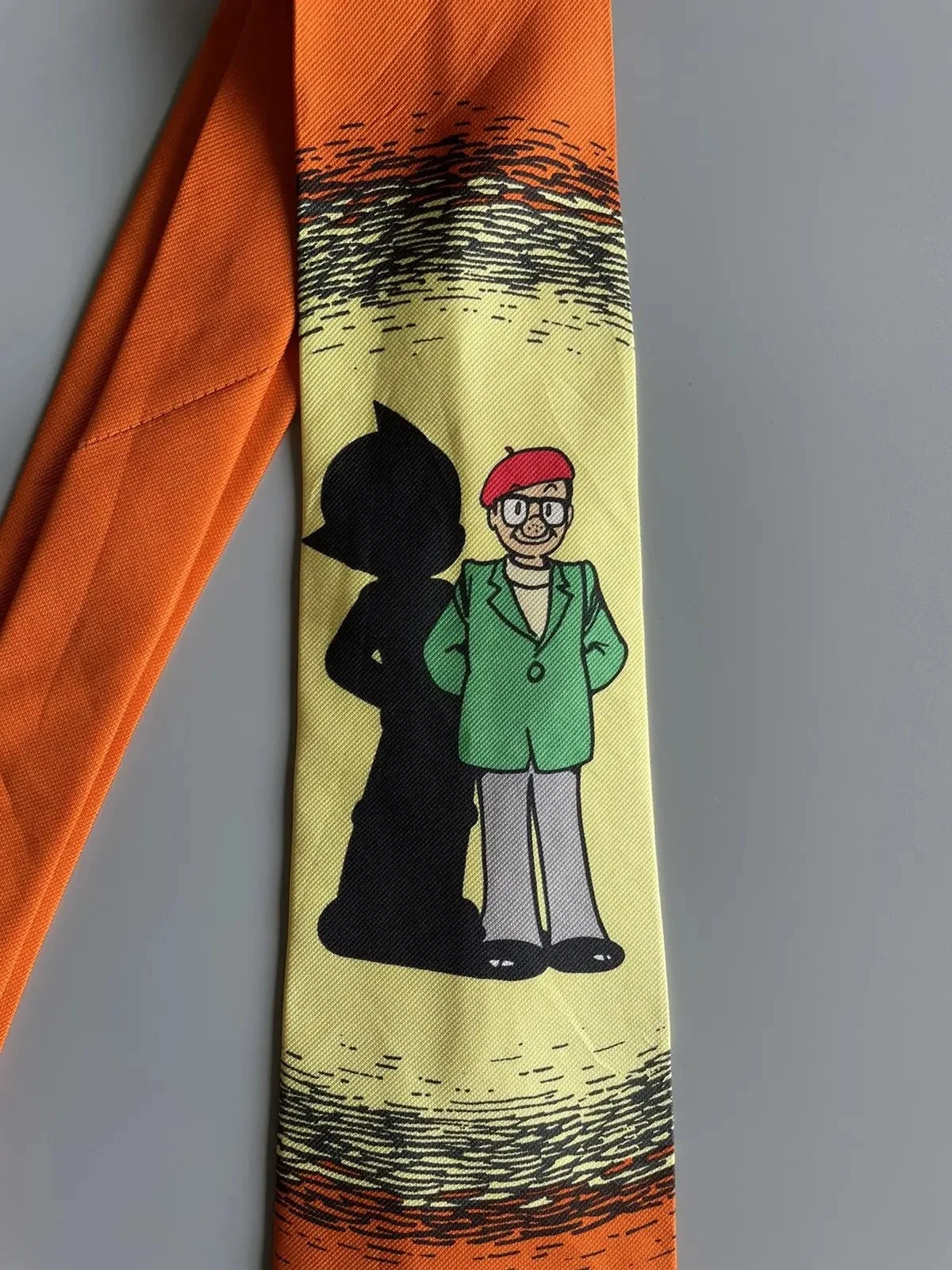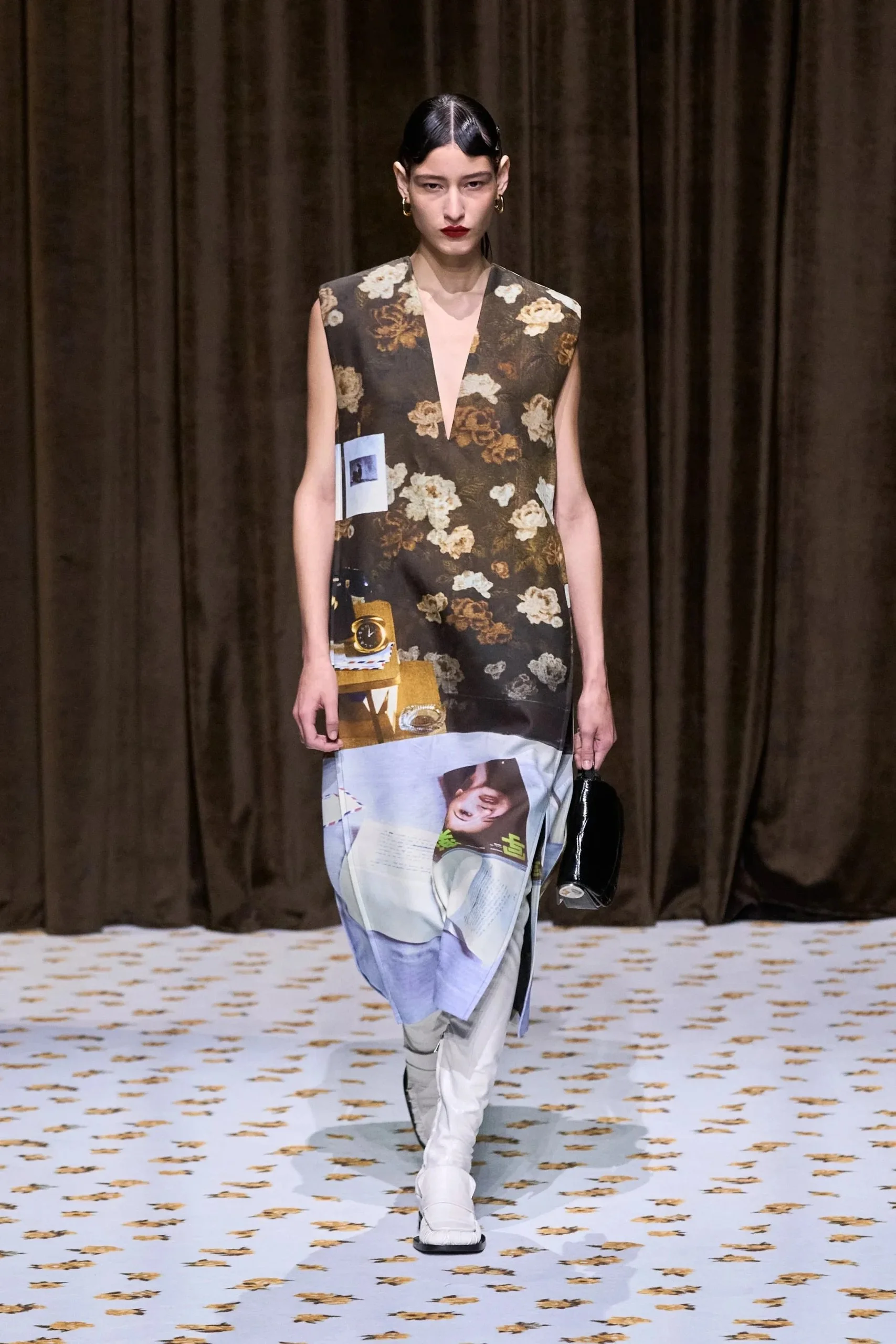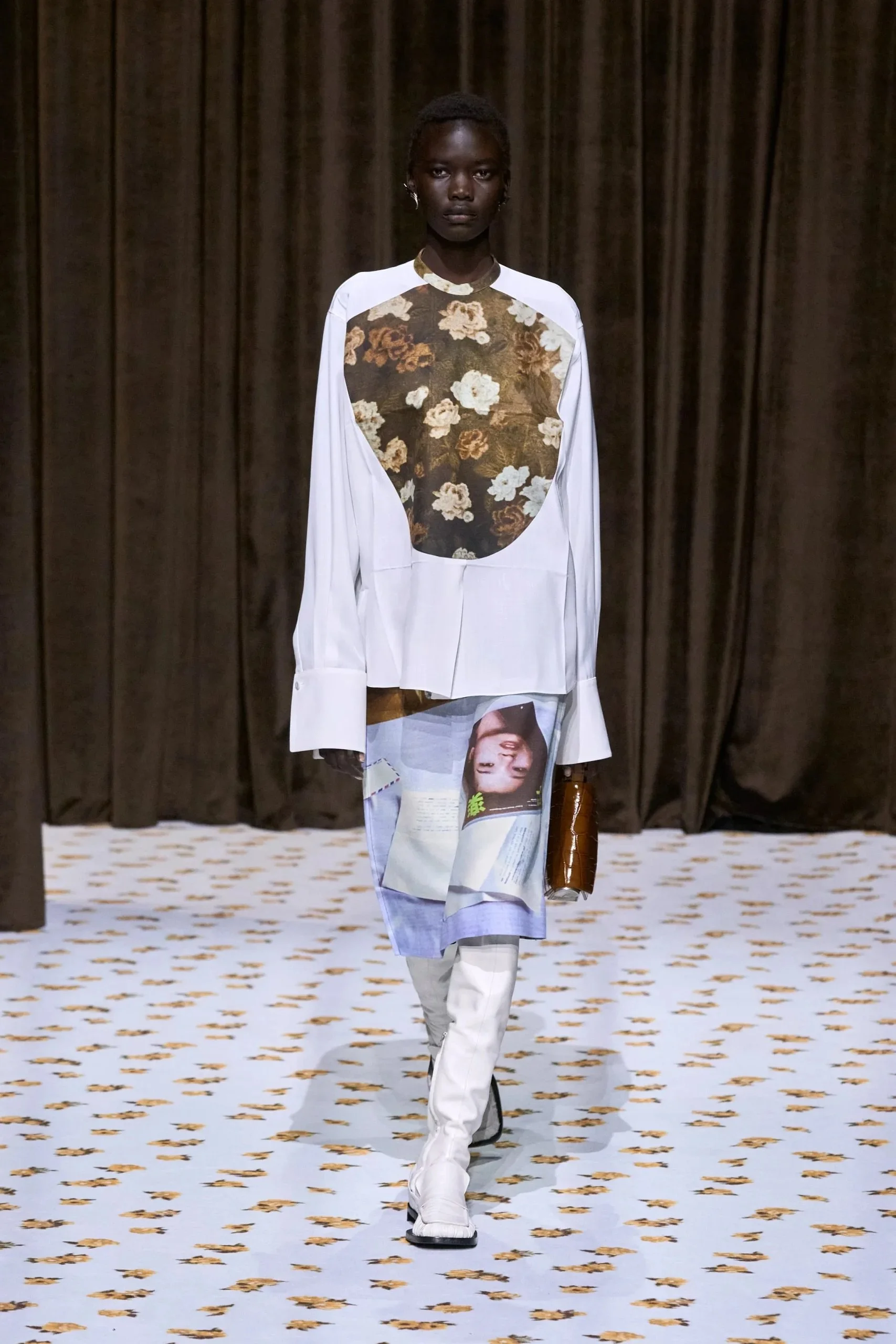Fashion, Memory, and the Flattening of Culture in the Digital Age
In the fashion world, there are designers–and then there is Yohji Yamamoto. The master tailor and godfather of Japanese avant-garde design stands in line with household names like Rei Kawakubo and Vivienne Westwood. Since his 1980s debut in Paris, Yamamoto has captivated the industry, eventually creating an expansive Yohji Yamamoto universe through numerous sub-labels, including Y-3, a long-run collaboration with adidas. His layered web of collections and offshoots has transformed Yohji Yamamoto from a designer into an ecosystem.
Buried deep within the sea of Yamamoto’s collections and sub-labels lies an unexpected moment: a collaboration with the estate of Osamu Tezuka, the legendary manga author behind Astro Boy, Black Jack, and Kimba the White Lion. Consistently referred to as the mind behind manga as an art form, Tezuka kick-started a multi-billion-dollar industry and shaped a majority of what Japanese entertainment culture is today. In the 1990s, Yamamoto designed a series of neckties, featuring Tezuka’s iconic characters, blending two artistic legacies into wearable art. Yet, despite their cultural weight, almost nothing about the collection is preserved online. What remains are scattered secondhand listings and occasional grainy photos, with little context to explain where the ties came from, how they were produced, or why they even exist.
On the Right: Osamu Tezuka, On the Left: A Yohji Yamamoto tie depicting a cartoon version of the real-life Osamu Tezuka with his famous character Astro Boy casting his shadow.
While the scarcity of information makes these ties seem rare, rarity, particularly in the context of clothing, refers to the object itself, not the erasure of its history. In an age where information feels endlessly accessible, the absence of even basic documentation for a collaboration between two cultural giants is striking. Without archived context, the collection floats in a digital limbo, disconnected from the histories it once bridged. And this isn't just about fashion ephemera; it’s a reminder that without intentional preservation, meaningful artistic moments risk being swallowed by the sheer amount of information processed in the digital age. When the narrative surrounding a work disappears, so does its ability to inspire, inform, or influence. What’s lost isn’t just data, it’s the lineage of creativity itself.
Photo by Photographer Greg Girard
Jil Sander Spring/Summer 2025 Collection referencing the Greg Girard photo seen above
When design history disappears, we lose the threads connecting past and present creativity. Cultural memory becomes fragmented, not because it’s actively dismissed, but because it was never invited in to begin with. The drive to explore what came before doesn’t just fade; it becomes structurally invisible. In a landscape where new content is constantly prioritized, the absence of context (which always exists) doesn’t just flatten creation into novelty; it renders context irrelevant to the experience altogether. Context is not lost; it’s been written out of the framework. The Osamu Tezuka ties risk becoming ‘cool’ simply because they’re obscure, not because of the layered artistic dialogue they represent. This isn’t just a fashion-specific issue; it’s a symptom of a broader cultural shift. While democratizing access to virtually everything creative, the internet has paradoxically made the foundation of all things culture less relevant. Algorithms prioritize immediacy over depth, favoring context that performs rather than informs. As a result, art often risks revolving around surface-level stimuli, disconnecting itself from the lineage and intention that have revolved around art as a concept for centuries. But to the consumer's credit, it is not inherently their fault; it's systemic; I mean, why seek out the origins of something when one scroll provides you with endless new content?
Lab.zip, a new forum-based encyclopedia centered around research-based preservation of fashion–https://www.lab.zip/
Still, there’s power in awareness. Recognizing the gaps in our artistic intention is the first step towards filling them. Spaces like forums or independent archives offer blueprints for how we might rebuild our relationship with the past. We keep cultural dialogue alive by actively contributing to or seeking out these platforms. In doing so, we ensure that the dialogue behind works like Yamamoto’s Tezuka ties don’t vanish into obscurity, but instead remain part of the conversation, one that values history as a core infrastructural part of the cultural world.








